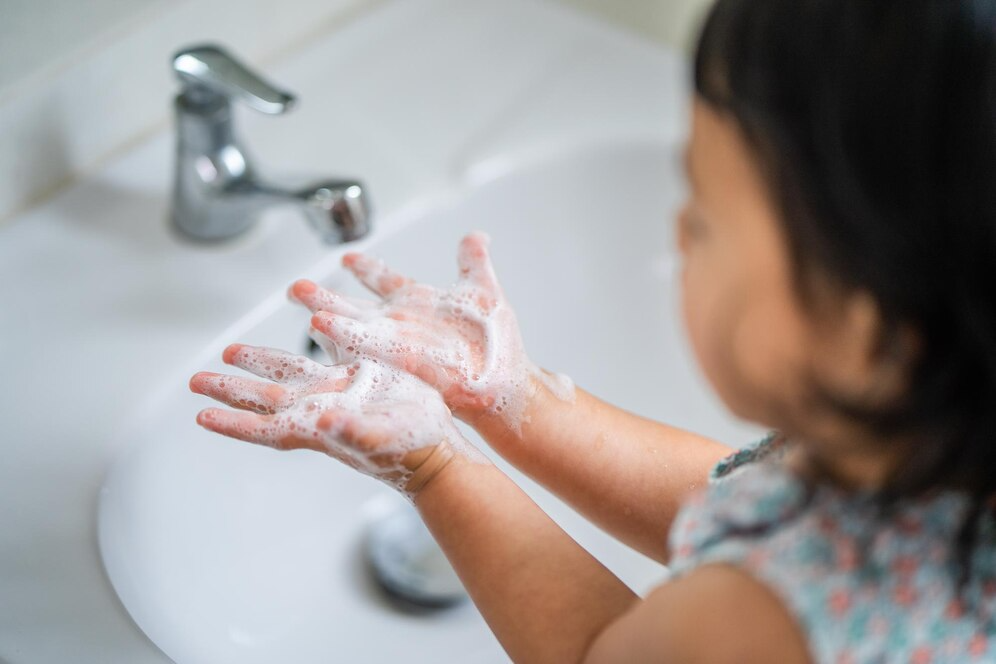Guardians Of Health: Hand Hygiene And Its Impact On Personal And Community Well-being
Hand hygiene is a fundamental aspect of personal and public health that often goes overlooked in our daily lives. Despite its simplicity, the act of washing hands plays a crucial role in preventing the spread of infections and maintaining overall well-being. In this comprehensive guide, we will explore the significance of hand hygiene, the proper techniques for effective handwashing, and its impact on individual and community health.
Table of Contents
I. The Basics of Hand Hygiene:
A. The Role of Hands in Disease Transmission:
- Hands as carriers of germs: Our hands come into contact with countless surfaces and objects throughout the day, making them a potential breeding ground for bacteria, viruses, and other harmful microorganisms.
- Common illnesses transmitted through hands: Respiratory infections, gastrointestinal diseases, and skin infections are often spread through contaminated hands.
B. The Importance of Handwashing:
- Breaking the chain of infection: Handwashing is a simple yet powerful practice that interrupts the transmission of infectious agents from person to person.
- Personal and community health benefits: Regular handwashing reduces the risk of illness for individuals and contributes to the overall health of communities by preventing outbreaks.
II. When and How to Wash Your Hands:
A. Key Moments for Handwashing:
- Before and after meals: Ensuring that hands are clean before eating helps prevent the ingestion of harmful pathogens, while washing afterward minimizes the risk of contaminating surfaces.
- After using the restroom: Proper handwashing after using the toilet is essential for preventing the spread of fecal-oral pathogens.
B. Proper Handwashing Technique:
- Wetting hands: Start by wetting your hands with clean, running water.
- Applying soap: Use an adequate amount of soap, ensuring coverage of all hand surfaces.
- Scrubbing: Rub hands together for at least 20 seconds, paying attention to the backs of hands, between fingers, and under nails.
- Rinsing: Thoroughly rinse hands under clean, running water to remove soap and contaminants.
- Drying: Dry hands using a clean towel or air dryer.

III. The Role of Hand Sanitizers:
A. When to Use Hand Sanitizers:
- When soap and water are not available: Hand sanitizers with at least 60% alcohol are a convenient alternative when traditional handwashing is not possible.
- Supplementary use: While hand sanitizers are effective, they should not replace regular handwashing, especially in situations where hands are visibly dirty.
B. Choosing the Right Hand Sanitizer:
- Alcohol content: The effectiveness of hand sanitizers is directly related to the alcohol content, with higher percentages providing better germ-killing capabilities.
- Proper application: Apply a sufficient amount of sanitizer to cover all hand surfaces and rub hands together until dry.
IV. Creating a Culture of Hand Hygiene:
A. Educational Initiatives:
- Schools and workplaces: Implementing educational programs on hand hygiene fosters a culture of cleanliness and awareness.
- Public awareness campaigns: Media and community outreach efforts can play a pivotal role in disseminating information on the importance of hand hygiene.
B. Encouraging Hand Hygiene Practices:
- Access to handwashing facilities: Ensuring the availability of clean water and soap in public spaces promotes regular handwashing.
- Setting an example: Role models, whether in the family, workplace, or community, can influence positive behavior change by consistently practicing good hand hygiene.
V. Conclusion:
Hand hygiene is a fundamental and cost-effective measure that significantly contributes to individual and community health. By understanding the basics of handwashing, incorporating proper techniques into our daily routines, and promoting a culture of cleanliness, we can collectively reduce the spread of infectious diseases and create a healthier and safer environment for all. Remember, clean hands save lives.


